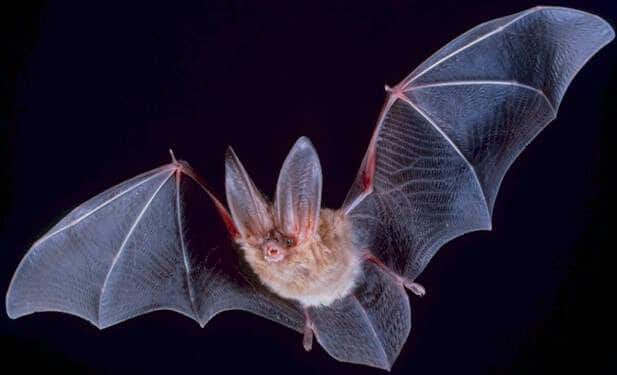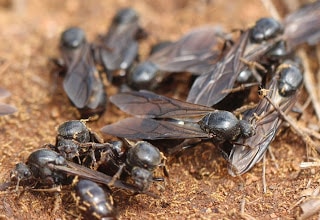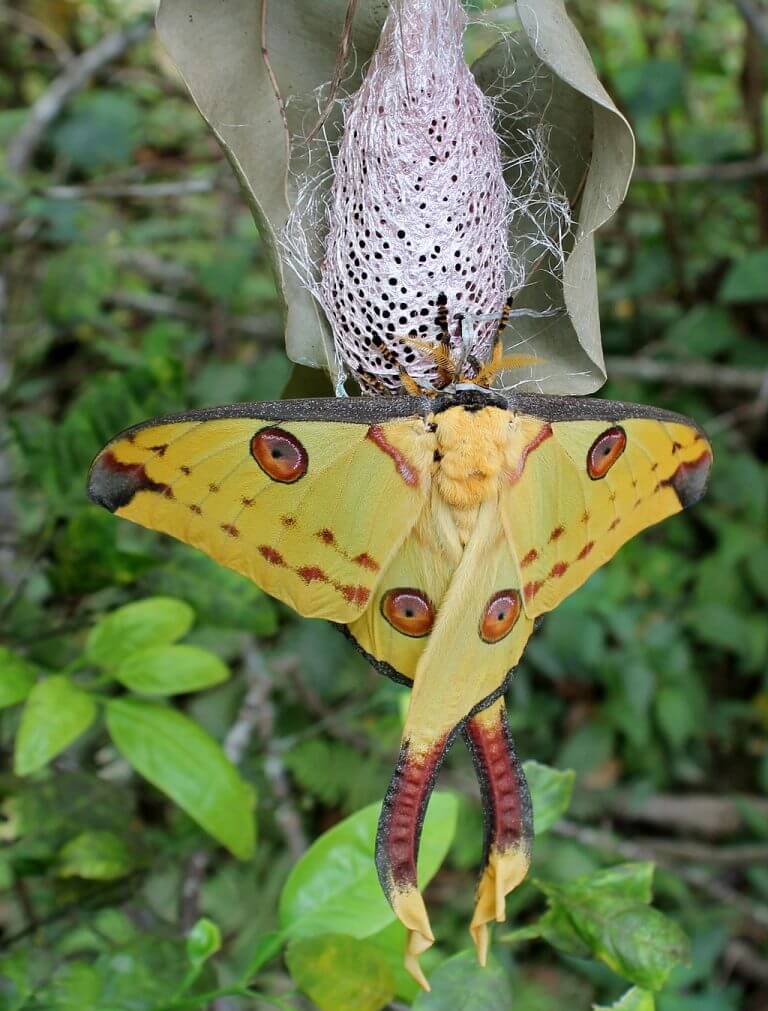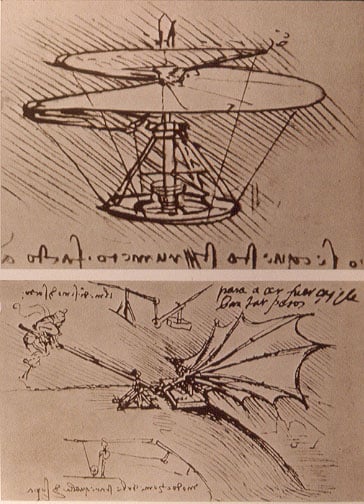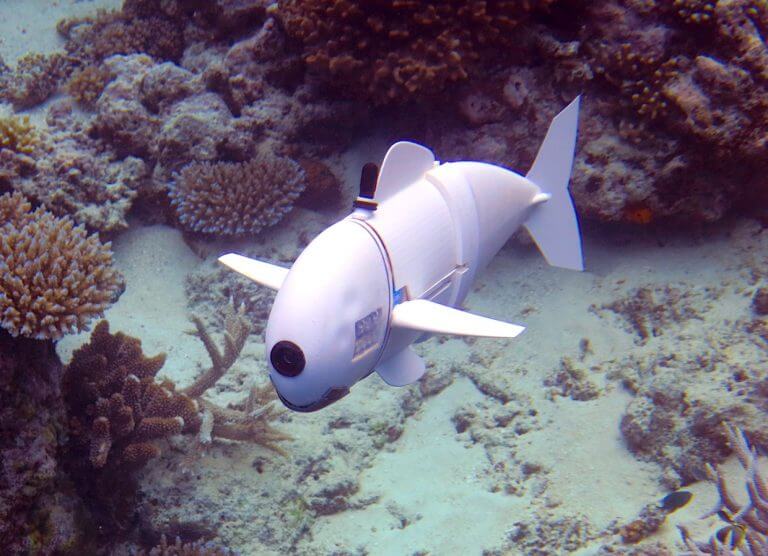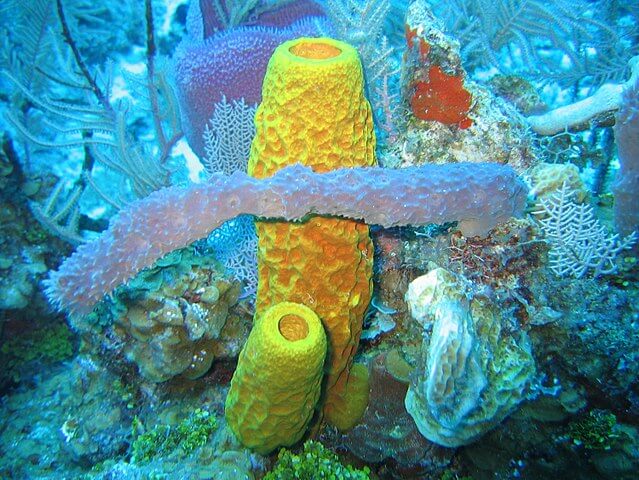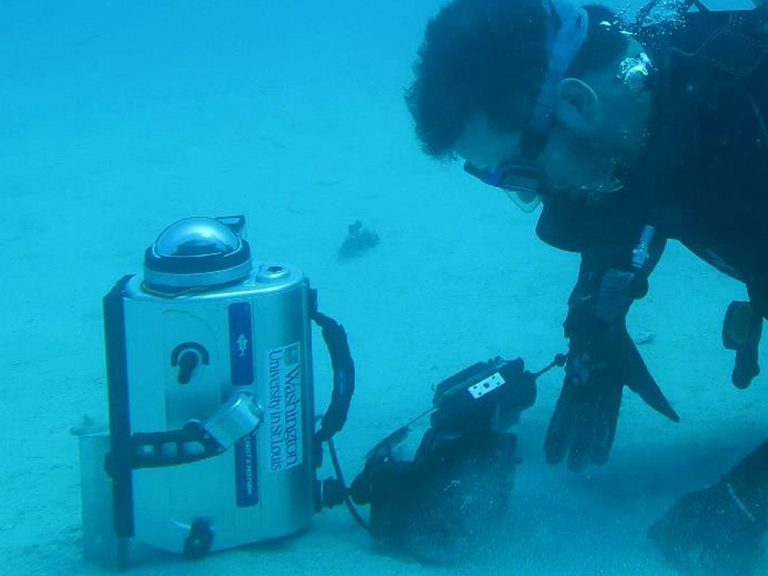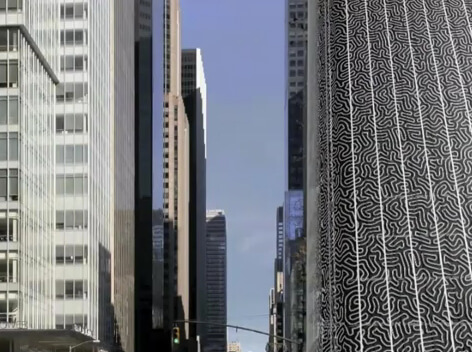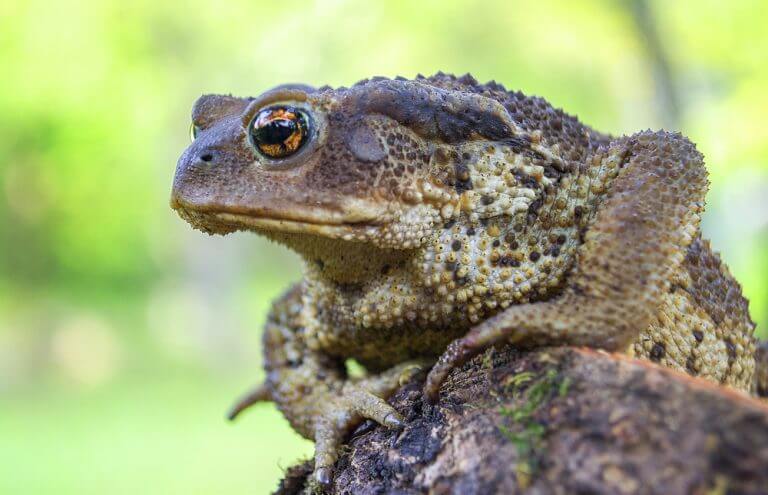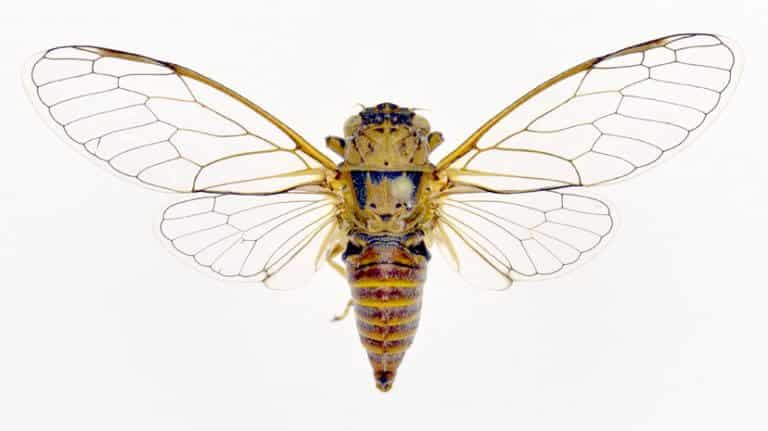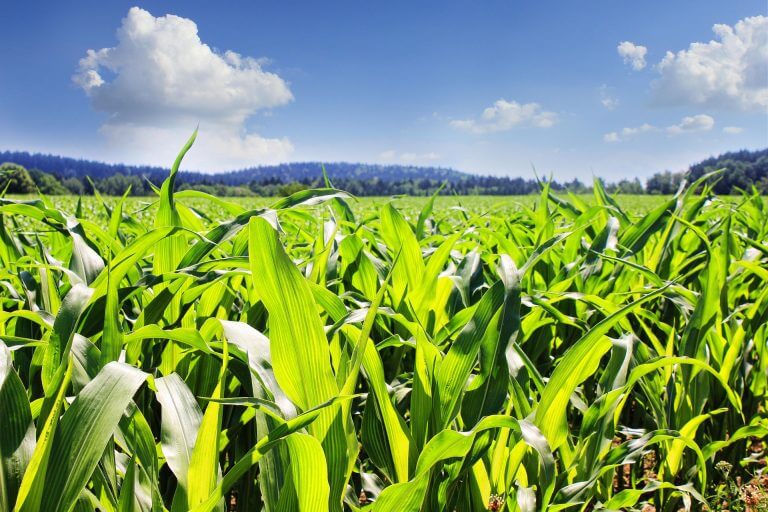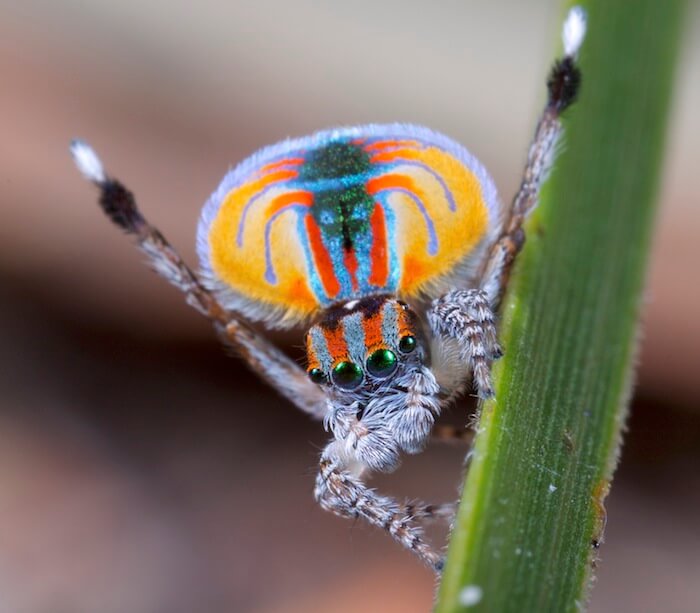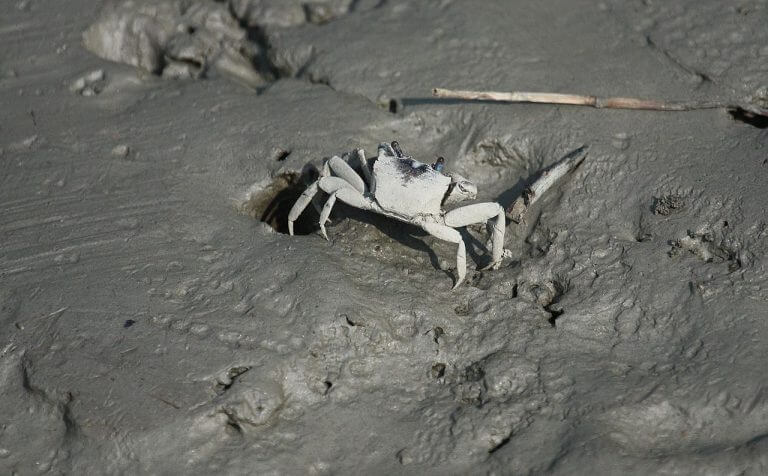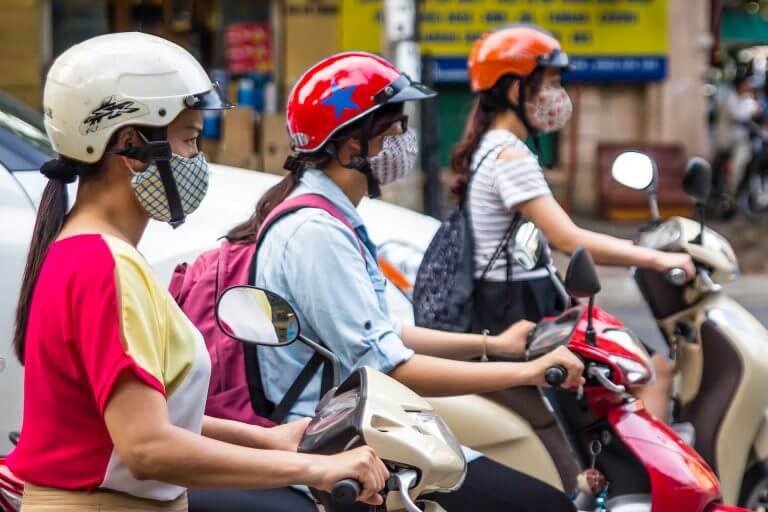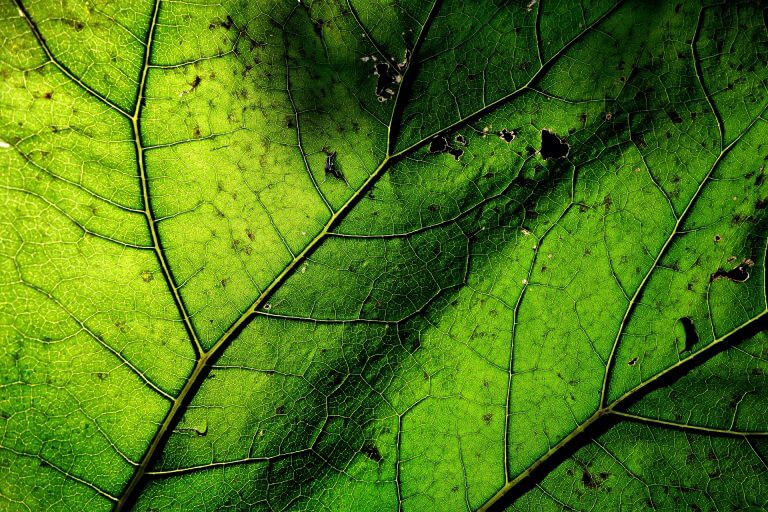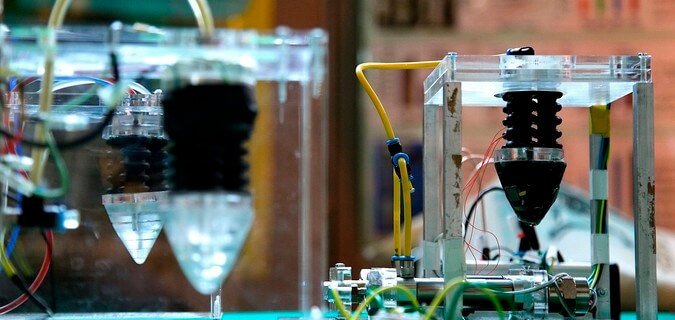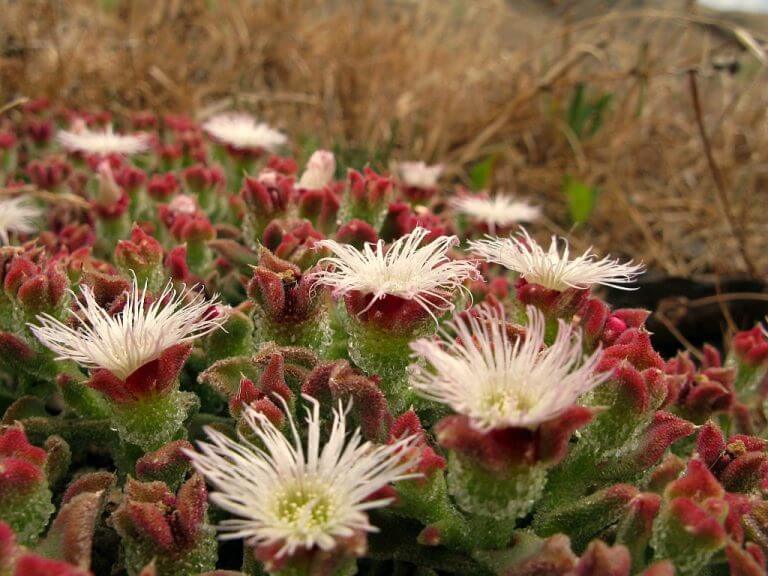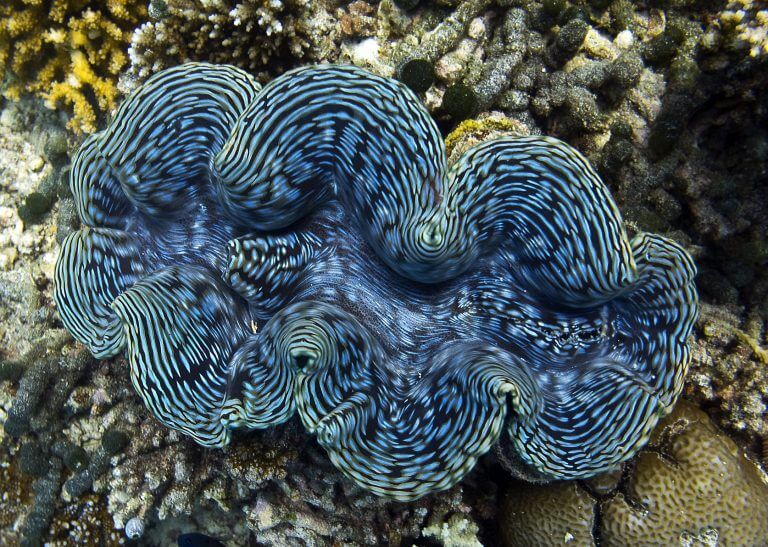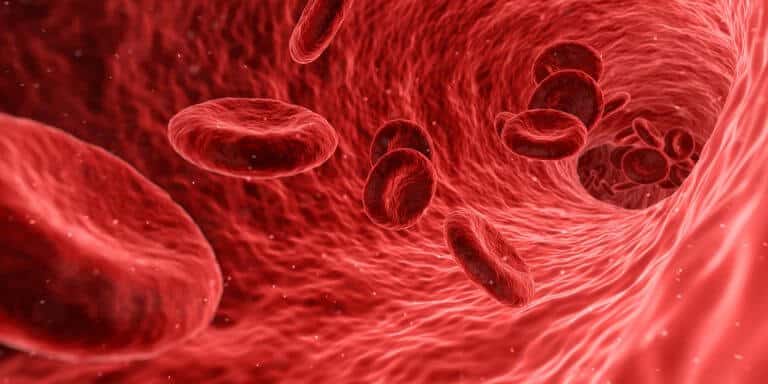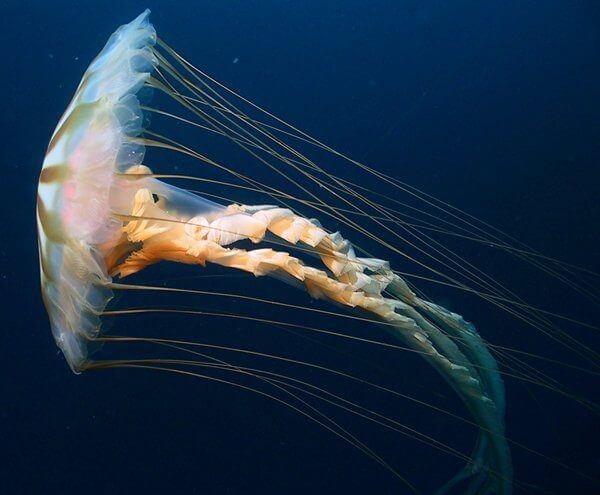Hayadan > Archive of the Israeli Biomimicry Organization
The Israeli Biomimicry Organization
- The Israeli Biomimicry Organization
- October 10, 2018
- No comments
- The Israeli Biomimicry Organization
- October 6, 2018
- One response
- The Israeli Biomimicry Organization
- September 30, 2018
- No comments
- The Israeli Biomimicry Organization
- June 13, 2018
- No comments
- The Israeli Biomimicry Organization
- June 11, 2018
- One response
- The Israeli Biomimicry Organization
- June 8, 2018
- One response
- The Israeli Biomimicry Organization
- June 7, 2018
- No comments
- The Israeli Biomimicry Organization
- June 3, 2018
- No comments
- The Israeli Biomimicry Organization
- May 25, 2018
- No comments
- The Israeli Biomimicry Organization
- May 1, 2018
- No comments
- The Israeli Biomimicry Organization
- April 13, 2018
- No comments
- The Israeli Biomimicry Organization
- April 4, 2018
- No comments
- The Israeli Biomimicry Organization
- March 6, 2018
- No comments
- The Israeli Biomimicry Organization
- March 5, 2018
- 3 תגובות
- The Israeli Biomimicry Organization
- March 4, 2018
- No comments
- The Israeli Biomimicry Organization
- February 6, 2018
- One response
- The Israeli Biomimicry Organization
- February 2, 2018
- No comments
- The Israeli Biomimicry Organization
- January 21, 2018
- No comments
- The Israeli Biomimicry Organization
- January 7, 2018
- No comments
- The Israeli Biomimicry Organization
- January 5, 2018
- No comments
- The Israeli Biomimicry Organization
- January 3, 2018
- No comments
- The Israeli Biomimicry Organization
- December 11, 2017
- No comments
- The Israeli Biomimicry Organization
- December 6, 2017
- One response
- The Israeli Biomimicry Organization
- December 5, 2017
- No comments
- The Israeli Biomimicry Organization
- December 3, 2017
- No comments

